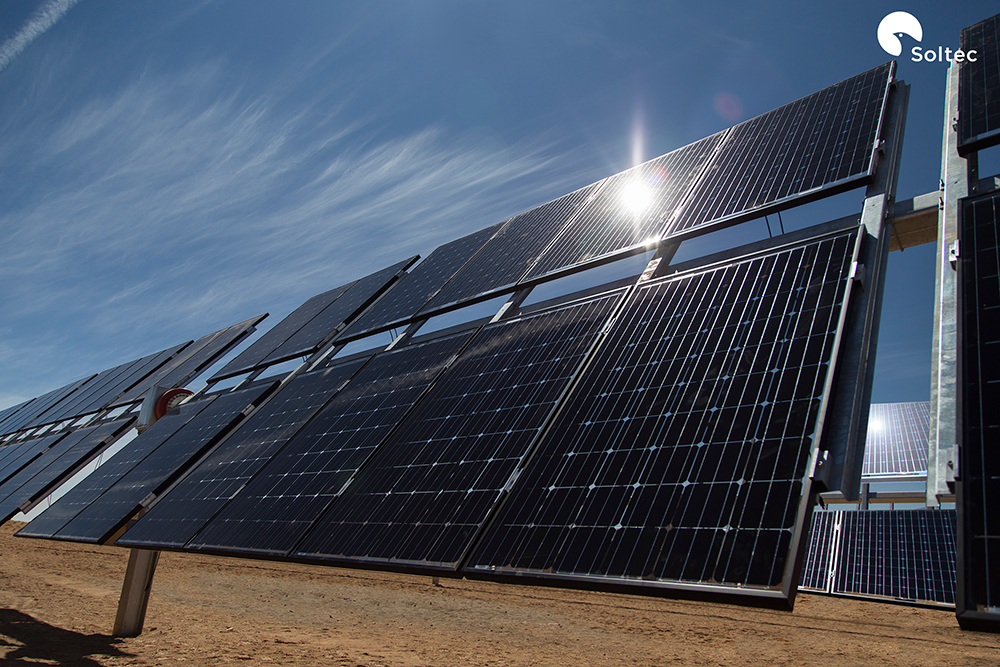Taiwan-based market research company EnergyTrend, a division of TrendForce, claims China’s 5/31 New Policy had a limited effect on global solar growth last year and this, and its impact is being contained by growing demand in markets outside China.
EnergyTrend said global solar demand was up 4.9% year-on-year in 2018, to 103 GW. In its previous forecast, released in September, the company had predicted new global PV capacity of 100 GW for last year.
This year, EnergyTrend expects the global market may grow by as much as 7.7%, to 111.3 GW, with the EU highlighted as one of the growing markets for 2019, with expected year-on-year growth of more than 50%. “The EU market has seen recovery since 2018 with the implementation of [the] Accord de Paris and decreased module prices,” the company said.
China and the United States will remain the first and second largest markets this year, followed by India and Japan.
“After 2019, India is the most likely to foresee a larger growth in demand, thanks to its favorable environment and encouraging policies made by the local government,” EnergyTrend added. That picture may be affected if there is a surprise in this year’s Indian general election, however.
The Middle East is also expected to boom last year and this, with EnergyTrend expecting year-on year growth of around 100% in 2018 and a further 50% in 2019.
Focus on upstream business
Analysts also revealed they expect the biggest five Tier 1 solar manufacturers – all of which will deploy new capacity in the second quarter – to account for around 70% of global module demand this year. “Their cash costs will become more competitive as well,” the EnergyTrend report added. “Most of their capacity expansion plans can still be put into practice. Because of that, the upstream sectors have continuously become more concentrated.”
The latest policy announcement from Beijing, to encourage the roll-out of subsidy-free PV projects in China, will only help matters along.
Monocrystalline wafers will dominate this year, making up 60% of global demand, with LONGi and Zhonghuan Semiconductor becoming the largest providers, according to the analysis.
Despite recent challenges, the solar industry is expected to become healthier and more stable in the long run, EnergyTrend concluded.
Last month, IHS Markit said new capacity additions will this year grow 18% on 2018 figures, to reach 123 GW, an outlook more positive than PV InfoLink’s recent estimates of 112 GW. That came after IHS Markit reduced its 2018 outlook in June – from 113 GW to 105 GW – as a result of China’s policy about-turn on solar subsidies.
This content is protected by copyright and may not be reused. If you want to cooperate with us and would like to reuse some of our content, please contact: editors@pv-magazine.com.




Personally, I hope IHS Markit is more accurate, but I still hope they are under the level of solar installation.